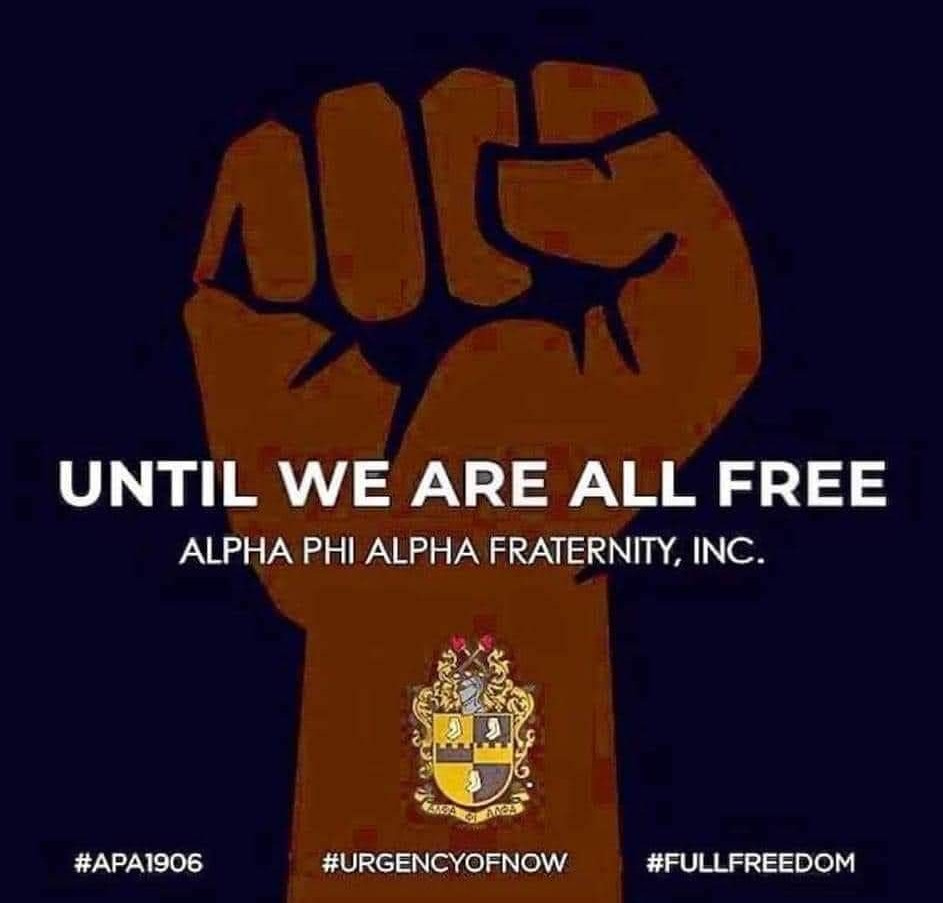From Apathy to Action: A Cross-Cycle Plan to Mobilize Voters at Every Level and the Legacy of Frederick Douglass
How healthcare providers, advocates, entrepreneurs, and organizers can drive civic engagement all year long.
From Apathy to Action: A Cross-Cycle Plan to Mobilize Voters at Every Level
Frederick Douglass’s legacy reminds us: celebration without justice is hollow. Let’s turn civic rituals into real outcomes—up and down the ballot.
In 1852, Frederick Douglass delivered his famous address, “What to the Slave is the Fourth of July?”—a scorching critique of a nation celebrating liberty while denying it to millions.
His words echo today.
Many Black voters are asking:
What, to our communities, is the ballot—if our lives don’t change after the election?
What good is voting—if it doesn’t repair what’s been broken?
And still, like Douglass, we remain hopeful.
Not naïve—but rooted in the radical belief that democracy can be made real.
Elections have consequences. Despite tireless efforts, we’re still seeing voter turnout drop—especially among Black voters, young people, and infrequent voters. Disillusionment is rising. But what if we changed how we engaged people—not just in the weeks before an election, but across the entire cycle?
This post offers a clear, strategic roadmap to help diverse messengers—including healthcare providers, activists, small business owners, and policymakers—encourage communities to vote up and down the ballot (local, state, federal) and stay engaged beyond Election Day.
🗓️ The Cross-Cycle Civic Engagement Plan
📍 Phase 1: Listening & Community Assessment
Post-Election to Q2 of Non-Election Years
Build trust and identify top local issues.
Host listening sessions or community surveys.
Map concerns by values cluster and neighborhood.
📍 Phase 2: Base-Building & Education
Q3–Q4 of Non-Election Years
Launch nonpartisan civic education.
Connect daily life to local and state decisions.
Teach people to understand sample ballots, school boards, and city council processes.
📍 Phase 3: Pre-Election Organizing
6–9 Months Before an Election
Start storytelling campaigns (“Why I Vote”).
Distribute sample ballots and issue scorecards.
Show how small races impact daily life.
📍 Phase 4: Election Mobilization
Last 90 Days Before Election
Host voter registration pop-ups, barbershop/hair salon events, and voter health fairs.
Provide transportation to polls.
Focus on up and down-ballot races that shape lives.
📍 Phase 5: Post-Election Accountability
Immediately After Election
Share voter turnout stats and wins.
Host “We Voted—Now What?” events.
Publicize scorecards tracking elected officials’ follow-through.
✨ Final Thoughts
This moment demands more than a seasonal get-out-the-vote effort. It requires a civic culture of consistency—one where every sector plays a role in empowering people to make their voices heard up and down the ballot.
You’ll be able to find the comprehensive cross-cycle engagement plan in my forthcoming book, the John Henry Health Equity Playbook: A Four-Year Health Policy Agenda for Black Men.
None of us are free until all of us are free.
Let’s move from transaction to transformation.
Dr. Okey K. Enyia
Where Purpose Meets Policy


